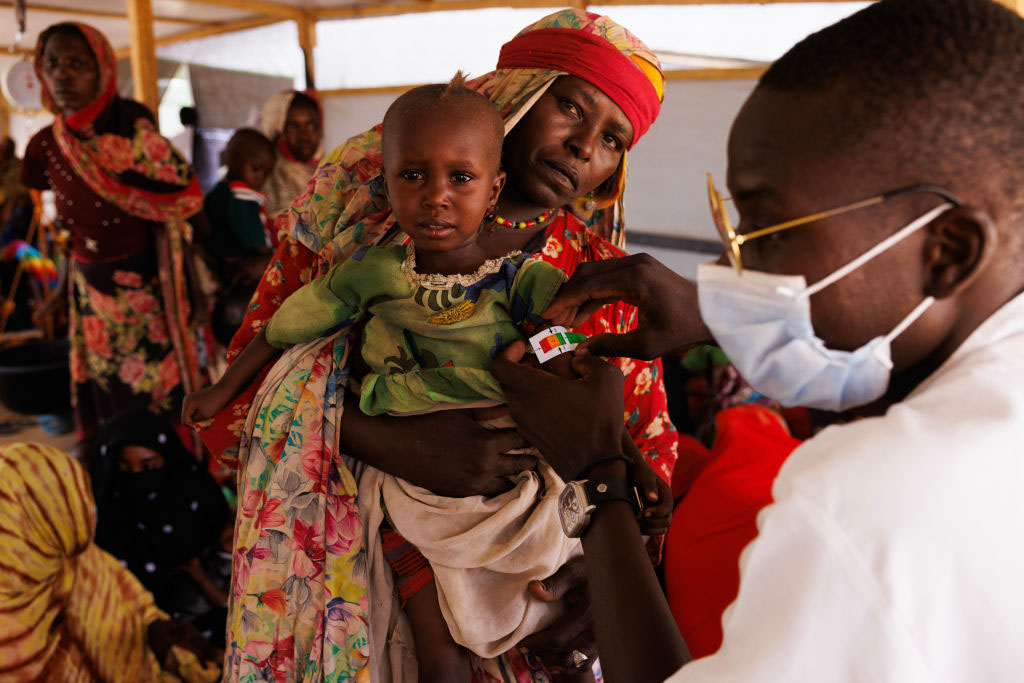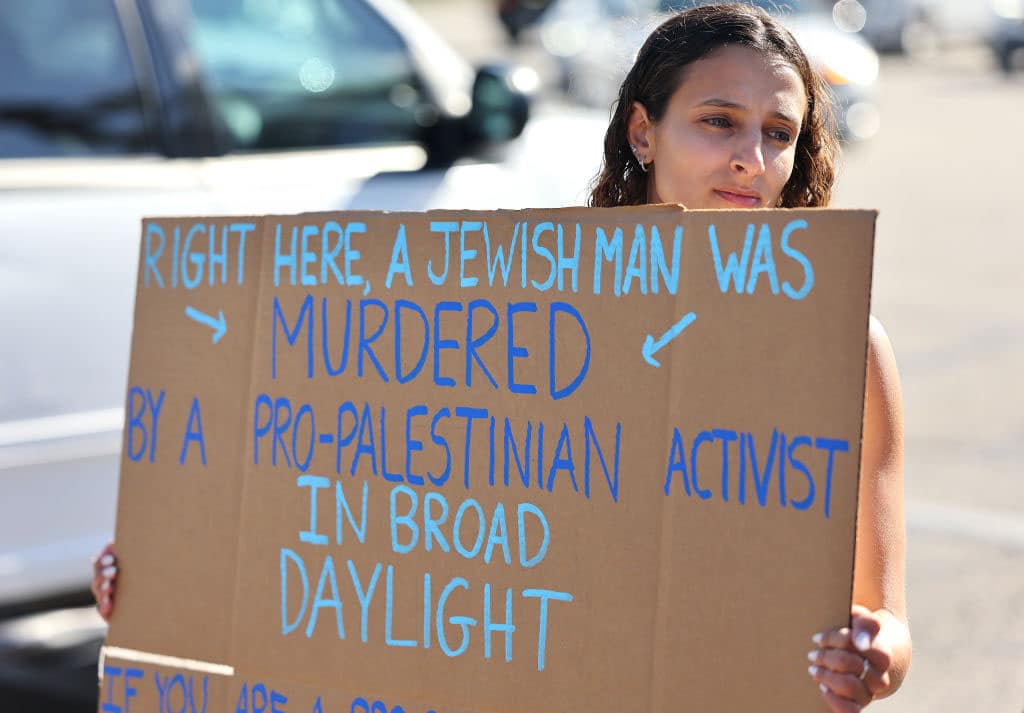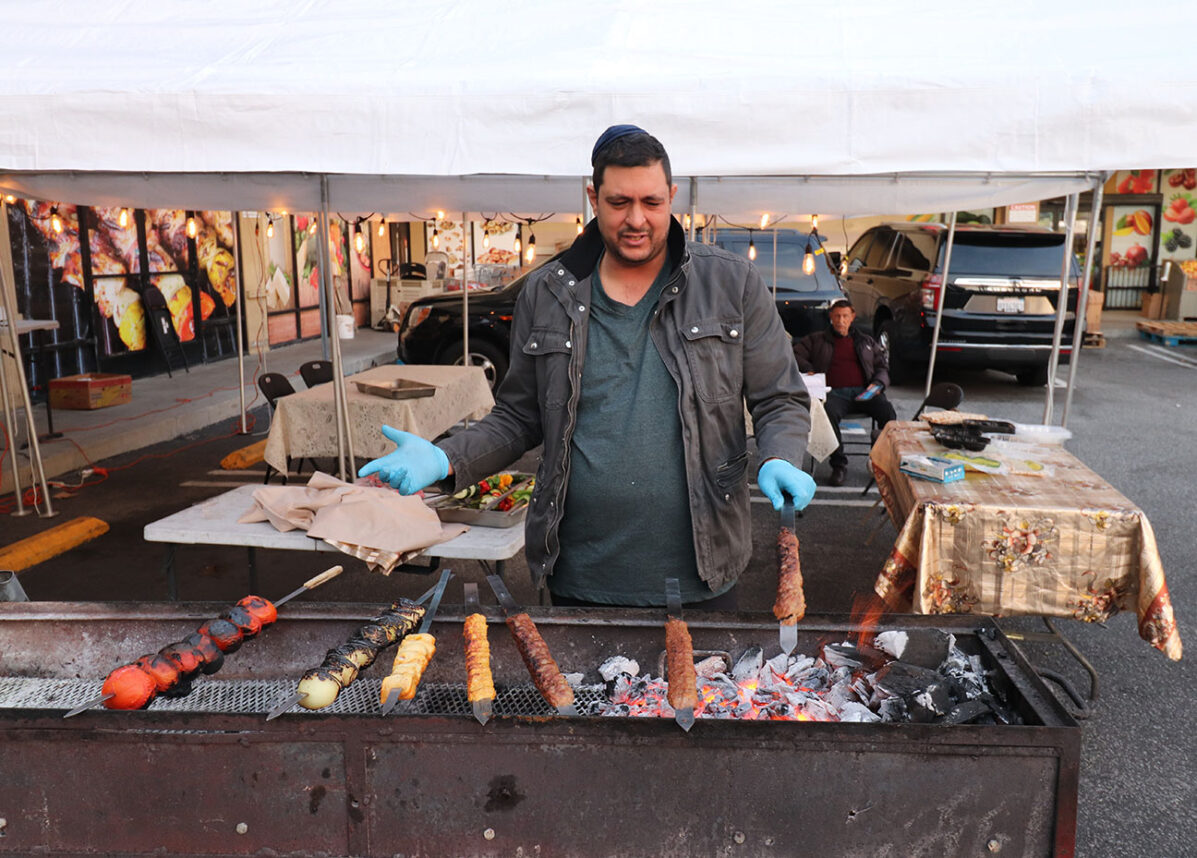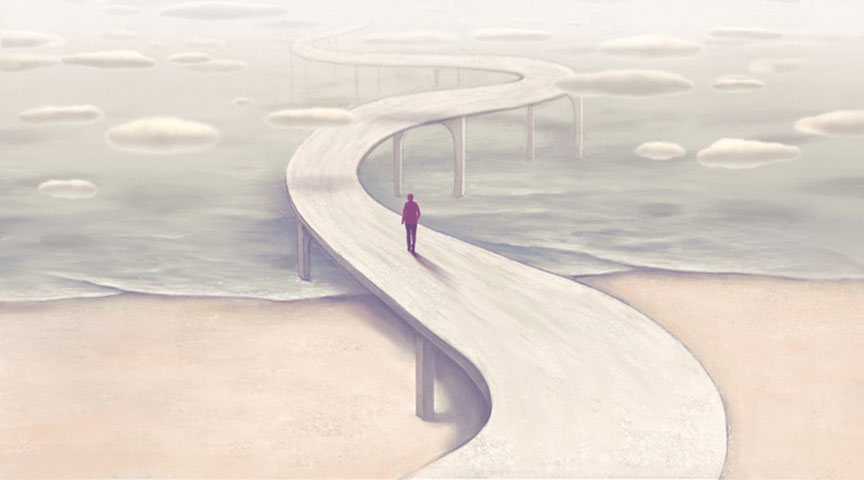In the period from 17 to 23 March , less than 25 km from the city of Berlin, Potsdam, there was held the third and the last part of the international seminar on Jewish Histories in Europe. Its theme was closely linked with the history of European Jews. The group, who participated in the seminar, as in the previous two meetings, consisted of Germans, French and Portuguese. This time, the Institute of History represented a group of five students (Eva Dyngosz, Luke Filipczyk, MA Christopher Kędziora, Catherine Odrzywołek), which was coordinated by Martyn Gradzka MA. The meeting in Potsdam was a special event, because it summed up almost a year long project, organized by the German Foundation Zeitpfeil and partner institutions from three other European countries.
We went to Potsdam less than a month ago. This trip was the most important point of the entire project. During the visit we had the unique chance to see many interesting places connected with the history of not only Jews, but of the German state as well. Potsdam is a city symbol, in which the beginning and the end was the most terrible period in the history of the twentieth century – it was here where on March 15, 1933, Adolf Hitler announced the proclamation of the Third Reich, and after 12 years since the events in August 1945 there, in the castle Cecilienhof a conference endiong the Second World War was held. During a Sunday walk we had the opportunity to see also this very place. Two participants of the project, representing the University of Potsdam walked with us around the city, showing places important for the local Jewish community.
In the next days of the seminar we visited the places associated with the period of World War II. Several kilometers from the center of Potsdam there is the villa in Wannsee. In this building on January 20, 1942, chaired by Reinhard Heydrich, held meetings during which decisions were taken to resolve the issue of the European Jews finally. Another important place on the route of our journey was a railway station in Berlin-Grunewald. It can be concluded that the events that took place there were a supplement to the decisions previously taken in Wannsee. It is the station Berlin-Grunewald, starting from 18 October 1941 until February 1945, the Jewish transports departed inhabitants of this city to the ghettos and concentration camps were created in the General Government. In addition, we were able to see the exhibits in three museums of modern Berlin: Jewish Museum, Topography of Terror and the Holocaust, which were substantial complement to this subject.
Potsdam is known mainly from the imposing palace and park of Sanssouci, built in the seventeenth century by Frederick the Great. Being in the city we also visited the complex. The early spring time does not reveal the full beauty of monumental buildings, monuments and gardens, but despite this, the view remained firmly in the memory.
Visits to various places were supplemented by workshops and discussions, during which we worked in international groups. The issues that we analyzed in a special way were: identity, memory and the ways and forms of commemoration in Germany, Poland, France and Portugal. We also debated on the ways and forms of education about the genocide in individual countries. Pending an all-day symposium heard several interesting papers. Dr. Irene Diekmann from the University of Potsdam, spoke about the Jews living in Brandenburg. In turn, Dr. Irene Flunser Pimental at the University of Lisbon, presented the topic of Jewish immigrants in Portugal during World War II. And Martyn Gradzka MA from the University of Education presented a paper on the influence of the Haskalah, the Jewish community living on Polish territory in the second half. Nineteenth century, then each group presented their projects on which she worked almost exactly a year. This is part of the seminar made it unique on the background of previous meetings. The product, which has prepared and presented the Polish group was www.kroke.czulent.pl website. It contains dozens of scientific articles on the history of the Krakow Jewish community and those directly connected with it, and on the Holocaust period. We wanted to create a friendly platform for the teacher and student, so it can be found on educational materials, the composition, which includes: lesson plans, ready-made multimedia presentations, and educational projects. The site also contains basic information about today’s Kazimierz. Using the interactive map you can quickly find objects of interest. Another interesting option is a very detailed calendar, which allows you to move in a long time and know the history of Krakow’s Jews over the centuries. In the longer term we would like to cooperate with educational institutions to create their own curriculum within the framework of the Regional Education Project. Our goal is to provide expert knowledge about the Jewish community living in Krakow, particularly young students who, every day learn and live in the city. We invite all willing to work both when creating content – all the while working on new articles, as well as in organizing educational activities and walks for the students.
Jewish Histories Project In Europe ended. It left a great impression, memories of the beautiful European cities, as well as knowledge of the Jewish communities living in different European countries. The whole seminar was held in a relaxed, friendly atmosphere, was also a place for the formation of international relationships. The analyzed subjects is very broad, and we had a chance to talk just a few of its aspects, therefore, currently under discussion on the continuation of the project or the organization of smaller thematic seminars.






















 More news and opinions than at a Shabbat dinner, right in your inbox.
More news and opinions than at a Shabbat dinner, right in your inbox.